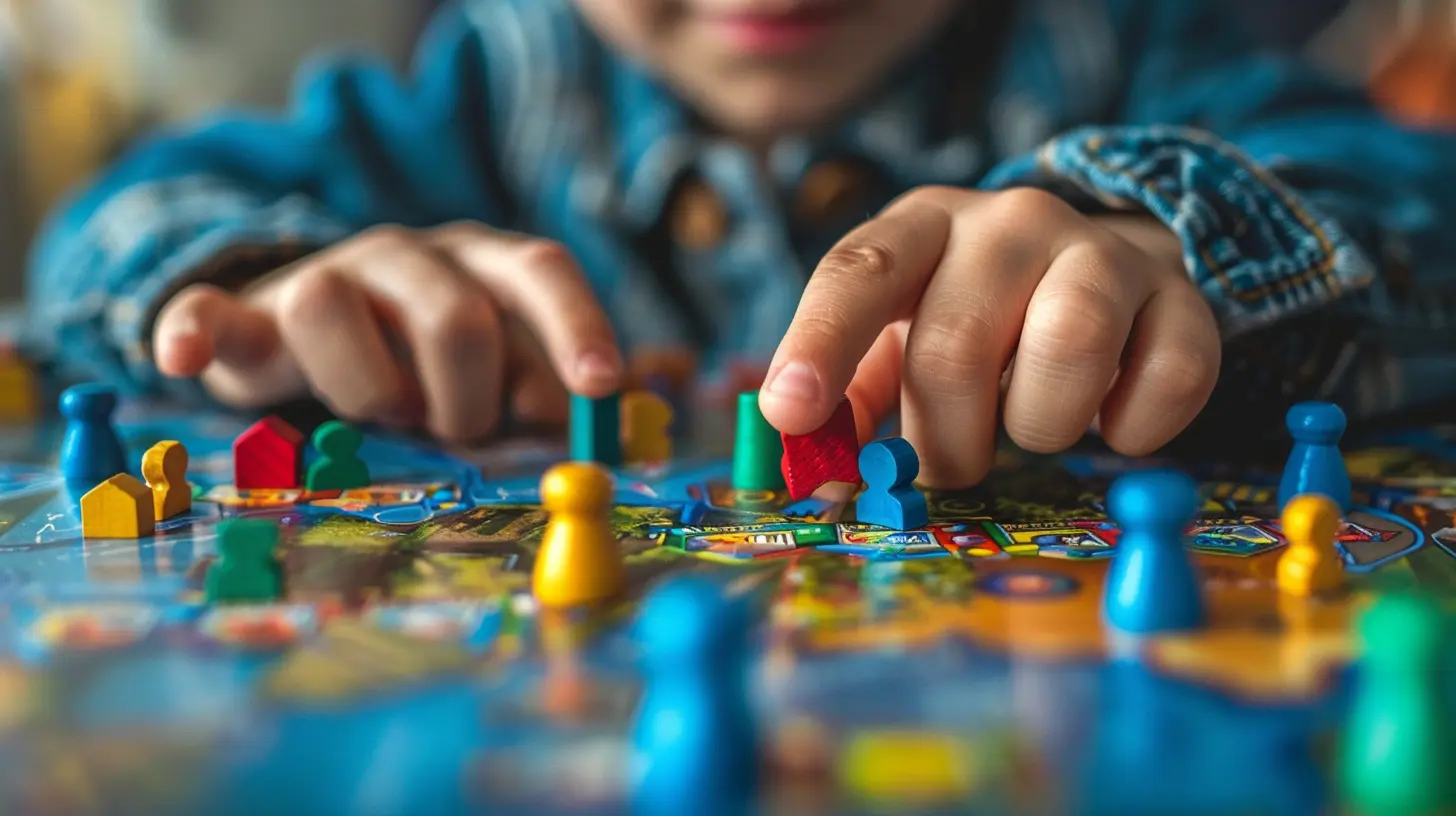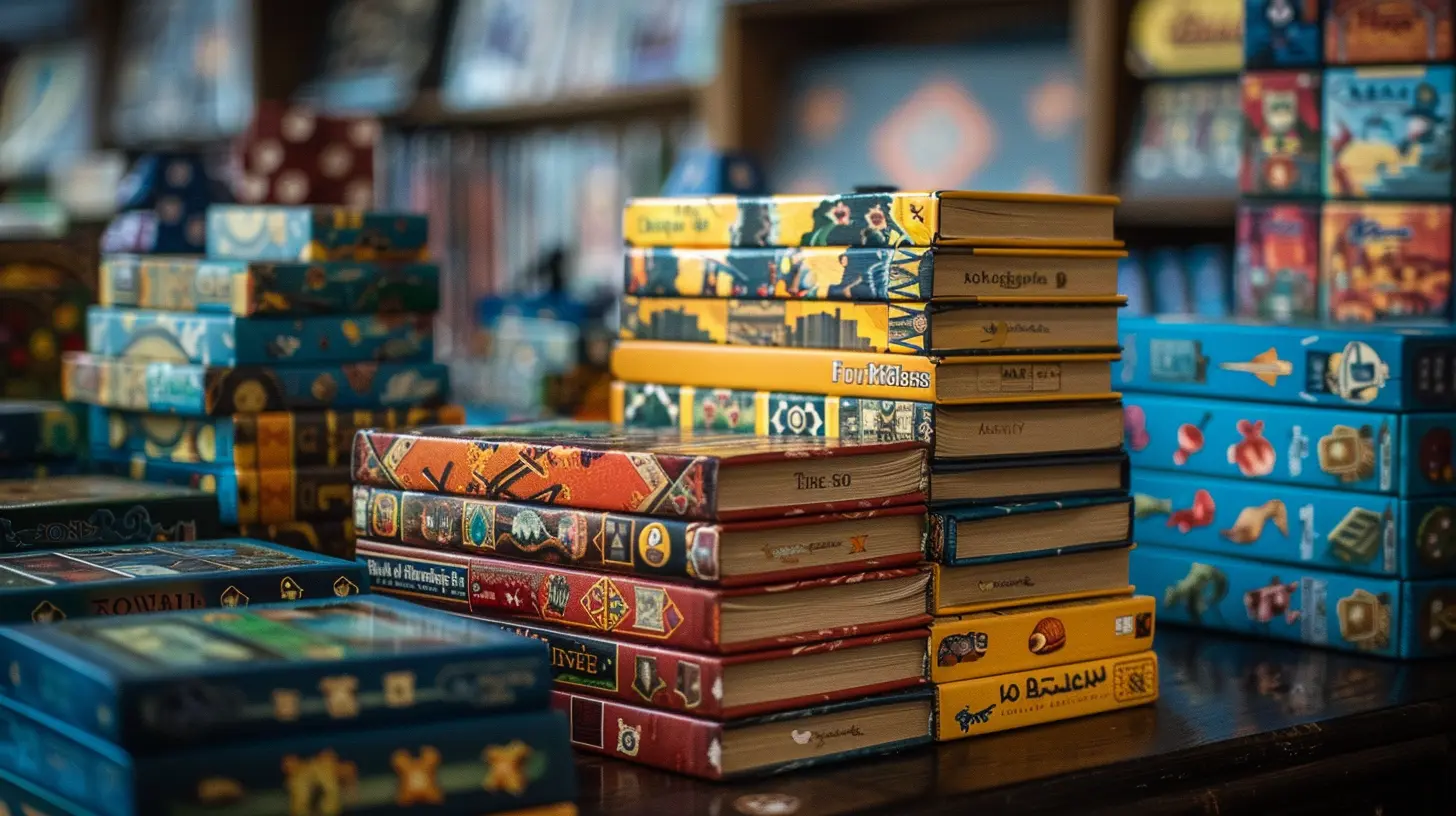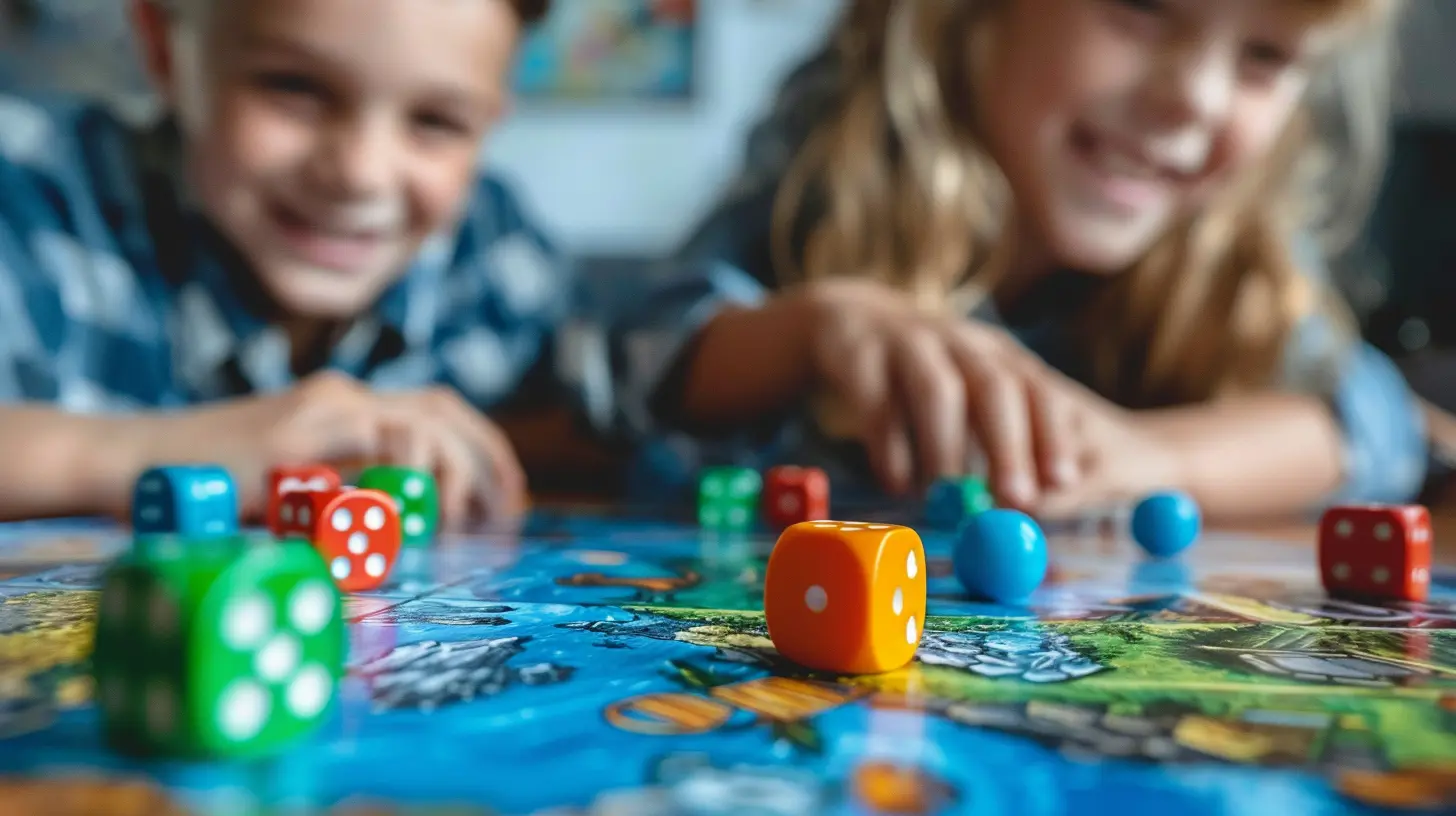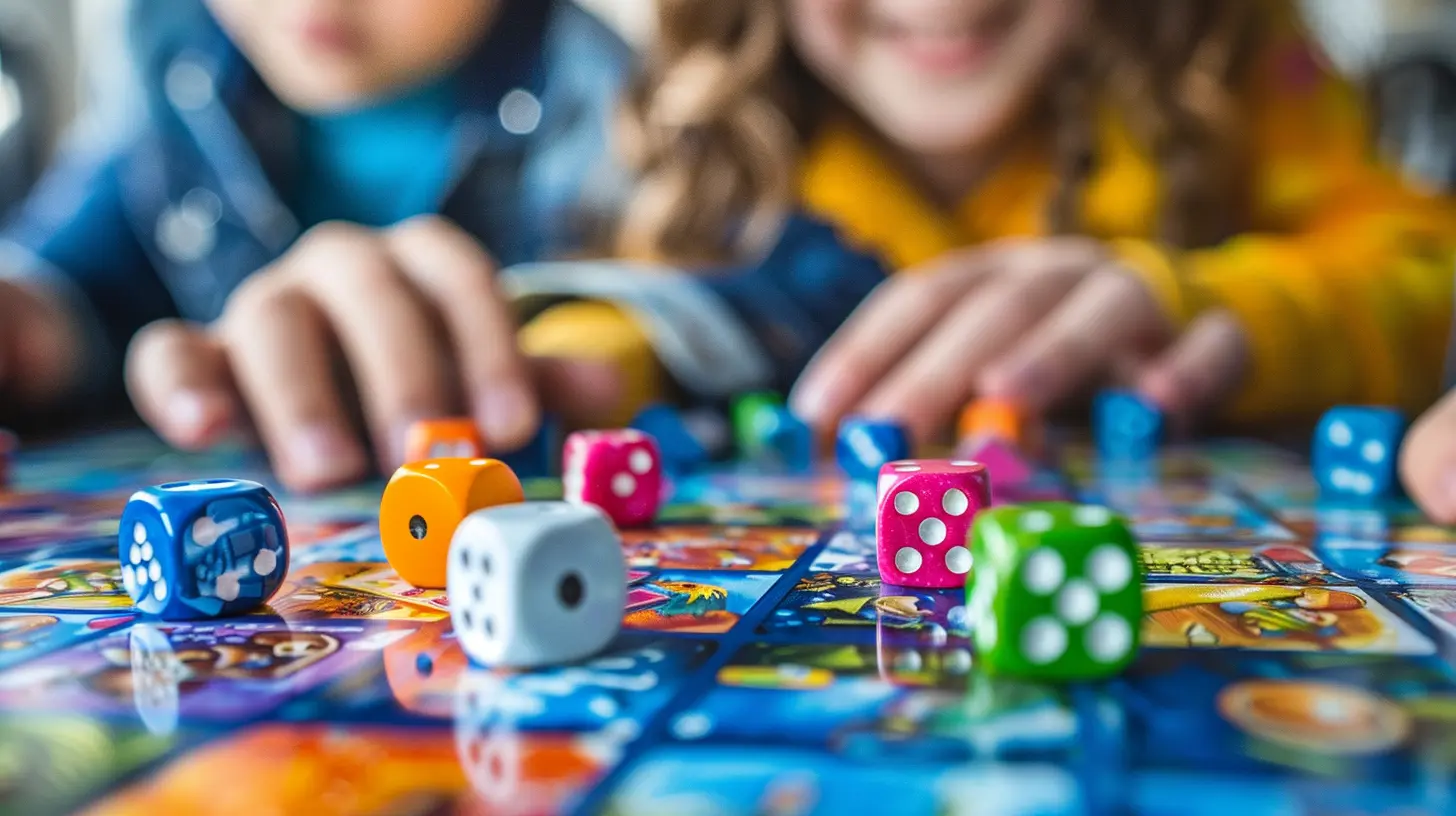From Board Games to Apps: The Evolution of Educational Gaming
17 August 2025
Let’s take a trip down memory lane. Remember the times when learning meant sitting in a classroom, flipping through dry textbooks, or — if you were lucky — playing a round of Scrabble with your siblings on a rainy afternoon? Fast forward to today, and education has gotten a serious glow-up. We’ve gone from cardboard game boards to sleek mobile apps, and educational gaming has never looked better.
But how did we get here? How did we go from rolling dice to tapping screens in the name of learning? Buckle up, because we’re about to dive deep into the fascinating evolution of educational gaming — from board games to apps and everything in between.
The Humble Beginnings: Learning Through Play
Before we had fancy tablets and touchscreens, board games ruled the roost. And guess what? They were more than just a way to pass time — they were stealthy learning machines.Classic Board Games That Taught Us More Than We Realized
Remember Monopoly? Aside from teaching us how to crush our siblings financially, it low-key taught us math, negotiation, and the very basics of economics and property ownership. Games like Scrabble? Vocabulary boosters! Even simple games like Chutes and Ladders were introducing kids to number sequences and the concept of consequences.Why were they so effective? Because learning snuck in while we were having fun. That’s the secret sauce of educational gaming, and it’s something that developers still aim for today.
Digital Awakening: The Computer Era of Edutainment
As soon as personal computers entered the scene in the 80s and 90s, educational games started leveling up big time.Iconic Computer Games That Made Learning Cool
You probably heard of (or played) titles like:- The Oregon Trail – taught history and resource management.
- Math Blaster – made math fast-paced and thrilling.
- Carmen Sandiego – turned geography and history into a thrilling mystery.
These games were the pioneers of a genre now known as edutainment — educational entertainment. They had heart. They had storylines. And most importantly, they made learning feel like an adventure instead of a chore.
What made this era special? The integration of narrative and interactive gameplay. Kids weren’t just memorizing facts — they were solving problems, making decisions, and embedding knowledge through experience.
The Rise of the Internet: Online Learning Games Take Over
Then came the internet. Boom — overnight, everything changed.Suddenly, you didn’t need to install a CD-ROM to play a game. You just logged on and jumped in. Websites like Funbrain, Coolmath Games, and ABCmouse began offering interactive educational games right in your browser. No hassle, no downloads, just click and learn.
Accessibility Skyrockets
The internet made educational content more accessible than ever before. And with accessibility came diversity. Now, kids could play games that taught coding (like CodeCombat), financial literacy, science experiments — you name it.And for many parents and teachers, these online games were lifesavers. They gave kids a break from traditional learning while keeping their brains buzzing.
Mobile Learning: The App Revolution
Who knew that those tiny rectangles in our pockets would become powerful learning tools?Enter the App Era
With the rise of smartphones and tablets, educational gaming exploded into a whole new dimension. Apps made learning portable, personal, and — dare I say — addictive in a good way.Apps like:
- Khan Academy Kids
- Duolingo
- Prodigy
- Toca Boca
…turned lessons into neatly packaged, interactive worlds. You didn’t just learn Spanish; you unlocked levels. You didn’t just memorize multiplication; you fought monsters with math spells.
Why Apps Work So Well
Apps bring three powerful ingredients to the table:1. Gamification – Progress bars, XP points, leaderboards — they tickle our brains’ reward centers.
2. Personalization – AI can now tailor lessons to the user’s level, pace, and interests.
3. Engagement – Colorful graphics, sound effects, and touch interactivity pull users in and keep them hooked.
It's like having a mini-classroom in your hand — only way more fun.
The Psychology Behind Educational Games
Let’s nerd out for a sec — what makes these games actually work in helping us learn?Dopamine and the Feedback Loop
Gaming leverages our brain’s desire for rewards. Every time you solve a puzzle or score a point, your brain releases a smidge of dopamine. That feel-good hit keeps you engaged — and coming back for more.Educational games capitalize on this feedback loop. By weaving in learning tasks within the reward systems, they create a sweet spot where fun and education overlap.
Learning by Doing
Ever heard the phrase "learning by doing"? It’s not just a teacher cliché. Games let you experiment, fail, retry, and ultimately succeed — all essential ingredients in deep learning.Where textbook memorization might fade, interactive gameplay sticks.
Educational Gaming in the Classroom
Today’s classrooms look a lot different than 20 years ago. Tablets are replacing textbooks, and lesson plans often include time for educational games.Teachers Are on Board
Instead of fighting technology, many educators are embracing it. Games like Minecraft: Education Edition are used to teach subjects like history, coding, even chemistry.Apps are used to reinforce concepts already introduced in class, allowing students to learn at their own pace. This is especially helpful for students who might struggle with traditional teaching methods.
Curriculum Integration
Modern educational games are being developed in tandem with educational standards. That means they’re not just fun — they’re aligned with what kids are supposed to be learning. Win-win.Challenges of Educational Gaming
Of course, it’s not all rainbows and high scores. Like anything, educational gaming comes with its own set of challenges.Screen Time Concerns
Parents and educators alike worry about kids spending too much time staring at screens. It’s a valid concern, especially when not all games on the app store are created equal. Balance is key — games should enhance learning, not replace it entirely.Distraction Overload
Not every app labeled “educational” is worthy of the title. Some crank up the fun but leave the learning behind, turning into glorified time-wasters. It’s important to vet games for real educational value.Equity and Access
While mobile access has improved globally, not every household or school has access to the latest tech. Educational gaming needs to be inclusive — not just for the tech-savvy or well-funded.What the Future Holds: AI, AR, and Beyond
So, what’s next? The world of educational gaming is just getting started.Artificial Intelligence (AI)
Imagine a game that learns how you learn. That’s what AI promises. Personalized learning paths, intelligent hints, and real-time feedback — all guided by smart algorithms that adapt to each user.Augmented and Virtual Reality (AR/VR)
Now we’re getting futuristic. AR and VR can take learners inside the human body, back in time to ancient civilizations, or out into space — all from a classroom or couch.Imagine dissecting a frog in 3D without ever picking up a scalpel or visiting the pyramids virtually while learning about Egypt. That’s not just education. That’s an experience.
Multiplayer and Social Learning
Educational games are becoming more connected. Multiplayer modes allow students to collaborate, compete, and communicate — boosting not just academic knowledge but social skills, too.Final Thoughts: A Game-Changing Journey
From cardboard boxes to high-tech apps, educational gaming has traveled a wild and wonderful road. What started as a few classic board games meant to teach basic skills has transformed into a multi-billion dollar industry that molds minds through interactive, engaging, and accessible formats.Is educational gaming perfect? Nope. But boy, is it powerful.
And the best part? We’re still just at the beginning. As technology continues to evolve and our understanding of how people learn deepens, the future of educational gaming looks brighter (and more fun) than ever.
Next time your kid grabs a tablet or you see a student playing Minecraft in school, don’t scoff — they might just be learning more than you think.
all images in this post were generated using AI tools
Category:
Educational GamesAuthor:

Stephanie Abbott
Discussion
rate this article
1 comments
Danica McKinstry
Great article! I appreciate how you highlighted the transition from traditional board games to digital formats. It’s fascinating to see how technology enhances learning experiences. Exploring more examples of successful educational apps could further enrich the discussion. Keep it up!
September 1, 2025 at 5:04 PM

Stephanie Abbott
Thank you for your kind words and insightful suggestion! I’ll definitely consider exploring more educational app examples in future discussions.


